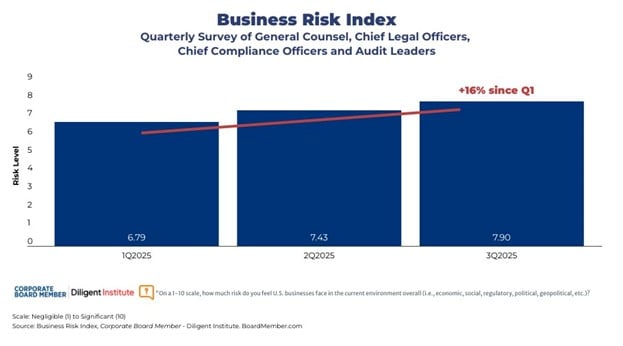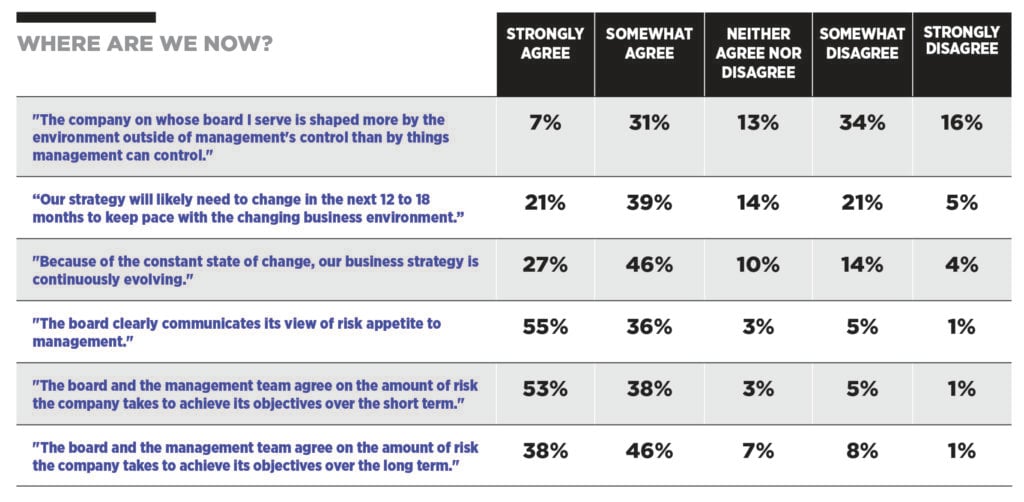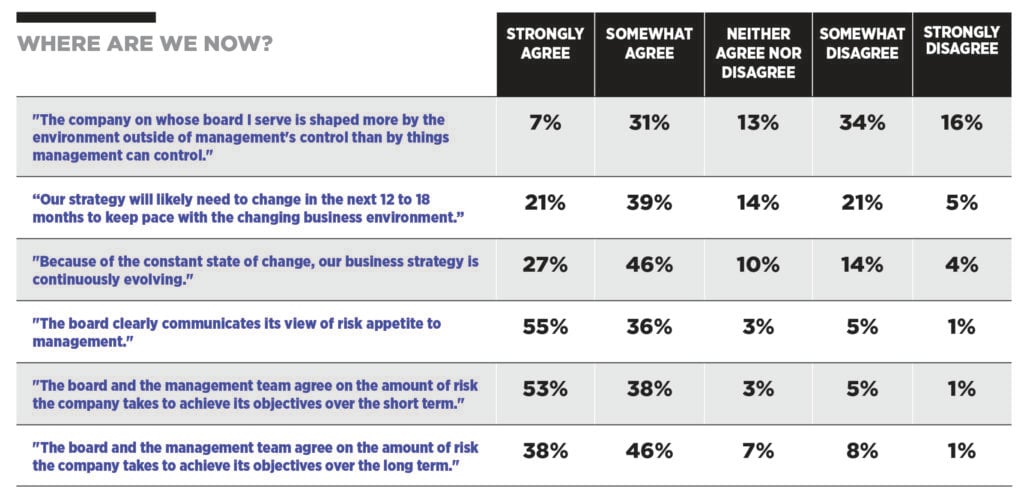
When I first joined the Nokia board of directors in 2008, a typical meeting with top management went like this: The leadership team presented their analysis of an issue and a single solution, which was already being executed; the board supported it; and we proceeded to the next item on the agenda. There was no reason to debate or even question the proposed strategy because, after all, Nokia owned over half of the global smartphone market and commanded 40% of the mobile phone market. Who would argue with that kind of success?
We continued in this fashion – right over the cliff. After I became chairman in 2012 and interim CEO in 2013, it took a complete change in how we thought about decision-making to put us back on our feet. (I should note that at Nokia at the time, the chairman was much more involved in steering the company than chairmen in most American organizations.)
In the process, I learned a valuable lesson: When your team considers only a single plan with no alternatives, alarm bells should ring. Not preparing for alternative scenarios – even the most unlikely ones – is a guarantee of being blindsided.
Thinking in alternatives is not just about identifying options to an existing situation but about constantly imagining and manufacturing alternatives. By making this mindset part of your leadership team’s culture, you automatically start to come up with a higher number and wider range of alternatives. At first glance, some may seem to be completely crazy — but sometimes a crazy idea is the only rational solution to a complex situation.
Making a habit of thinking in alternatives has multiple benefits: it reduces anxiety, because crafting an action plan is not as scary as facing an amorphous or unarticulated threat; it enables you to minimize the chance that you might overlook something important; and, finally, it speeds up your reaction time because, even in the worst case, you have a plan for a scenario that at least resembles what actually occurred. Just thinking about alternatives that might never happen teaches the CEO and everyone on the team about industry dynamics and sharpens their thinking.
Most important, if you don’t consider alternatives, you’re not making decisions – instead, you’re letting them be made for you. Conversely, the more alternatives you can create, the more your fate is in your hands. It’s the difference between being the driver and being a passenger.
It takes mental discipline to consider all the alternatives without prejudging their plausibility too much. It takes even more discipline not to short-shrift the improbable ones. For example, at Nokia leadership strategy meetings, we now might allocate an hour to exploring each item in a series of options. During the time reserved for thinking about Option B, you’re not allowed to think about Option A – even if you think Option B is a waste of time. Under this agreement, when it’s time to explore a winning scenario, even if that option requires a miracle, people will turn their brains to figuring out how to make it happen.
That’s how you force people to seriously consider all the alternatives. And that deliberately non-critical approach is key to opening the mind to possibilities.
Furthermore, each alternative, both negative and positive, should have a list of actions associated with it. Think of the actions aimed to increase the likelihood of a positive alternative future and decreasing the probability of a negative one.
It is not enough to learn to think in alternatives. You need to bake this into your culture. That’s simple to say but much harder to learn to do consistently. Here’s how I start the ball rolling:
Every time someone presents a plan to me, I try to ask, “What are the alternatives?” If the response is, “I’m sorry, this seemed such an obvious way forward that I didn’t think of alternatives,” it is a good opportunity to spend a little time together brainstorming some alternative scenarios. Even if they didn’t have a selection of alternatives this time, I’m sure they will the next time. And the next time one of their team members presents a plan, they will ask for alternatives. What starts with the CEO becomes an integral part of everyone’s strategic thinking.
In 2012, when Nokia faced one of the most dire threats to our existence, we brainstormed not just Plan B but Plan C and D and, it sometime seemed, right on beyond Z. Not every organization may face a situation as complex and life-threatening as the one that confronted Nokia, but I can guarantee that every company will encounter plenty of unpredictable challenges. Start your survival preparations now.
Get accustomed to thinking in alternatives. Seed this approach throughout your organization. Encourage all of your leaders to apply it to their everyday actions – and to encourage their colleagues and managers to follow their example – so that it becomes a habit. Only then can your organization respond anytime, anywhere, with the right strategy for every situation.






